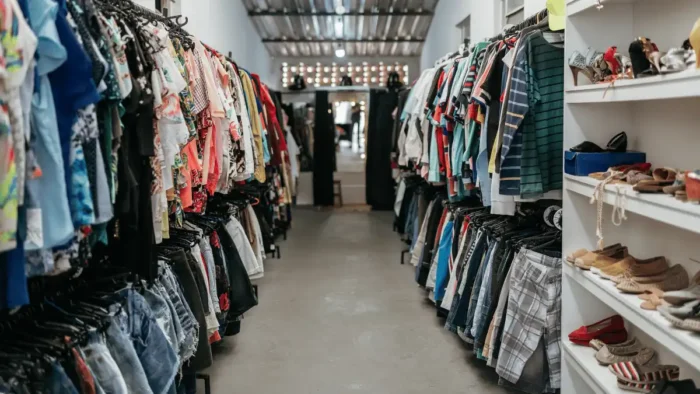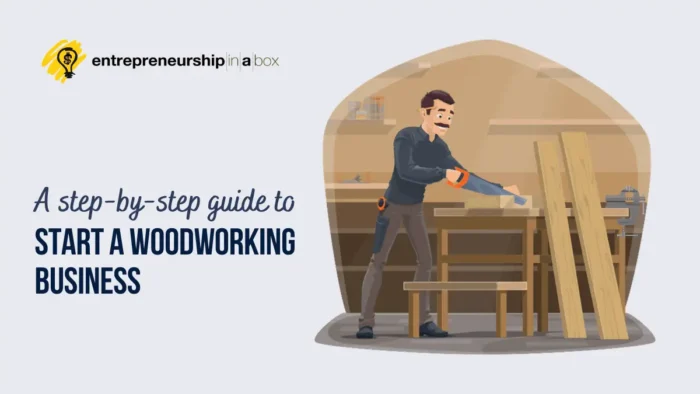Thrift store flipping is the art of buying possessions from a thrift store and then reselling them at a higher rate. As thrift shops have a knack for pricing their goods lower than their actual market value, you can profit when you flip the right items.
While it will take time to master the art of thrift flipping, you can ensure you start on the right foot and learn quickly by taking the following helpful tips.
Buy Low
The first and most golden rule of thrift flipping is to buy low. Scan all sections of each thrift store you visit to find items like clothing, furniture, and electronics. Then look for items with a resale value that far exceeds their price tag.
It’s not just about getting a cheap item but finding undervalued items at the thrift store compared to their market price.
Develop an Eye for Quality
As a thrift flipper, you should develop an eye for quality goods. That means understanding things like the brands and makes of products that are likely to bring in more profit upon resale.
For instance, designer clothing, antique furniture, or vintage electronics can often be resold at a higher price due to their value and demand on platforms like eBay.
Diversify Your Sources
Remember that thrift stores aren’t the only marketplaces for buying second-hand items at low prices. For example, closeout sales and grand openings often feature heavily discounted products, which presents you with further fantastic opportunities to discover quality items.
Visit websites like Openings24.com to stay updated on the latest grand openings and re-openings happening near you.
Create an Excellent Pricing Strategy
After acquiring your items, research similar ones online to gauge the current market price.
That will guide you on how much profit you can make while also ensuring your pricing is competitive and attractive to potential buyers.
Know How Much Presentation Matters
When selling your thrift-store-bought items online, your products must stand out from those of other sellers.
Therefore, invest time in creating high-quality visuals of your products. Clean them up and take clear photos from various angles under good lighting conditions. Then choose the best images to upload online.

Craft Your Listing Well
Crafting an appealing listing is also crucial if you wish to master the world of thrift store flipping.
Write engaging and truthful descriptions, highlighting the unique points about each item. And showcase the best features while also being transparent about any flaws or defects the products might have. Honesty builds credibility with buyers.
Know Your Platform
Different items sell better on different platforms. For example, vintage clothes might do well on Etsy but less so on eBay. Researching and understanding which platform is best for your items will improve their visibility and the likelihood of selling at a higher price.
Be Patient
Remember that patience is key in the world of thrift store flipping. Do not rush into selling your items for a lower price if they aren’t fetching the expected profit yet. Be patient and wait for the right buyer who sees value in your offering.
Be Mindful of Your Shipping Costs
Always factor in shipping costs when deciding on your pricing strategy. For larger or heavy items especially, shipping can eat into your profits significantly if not accounted for beforehand.
Sell Offline
While selling online is a common avenue for thrift store flippers, it’s not the only way to resell your items. Depending on the nature of your product, local outlets can be another effective channel for resale.
One method is via consignment stores. When they sell, they display your items, and you receive a cut of the benefits. Another option is to sell at flea markets or garage sales. With a table full of your flipped items, these community-driven events could surprise you with how profitable they can be.
Lastly, you could attend swap meets or collectors’ clubs. These are especially good options for specializing in specific niches like antiques, records, or rare books.





